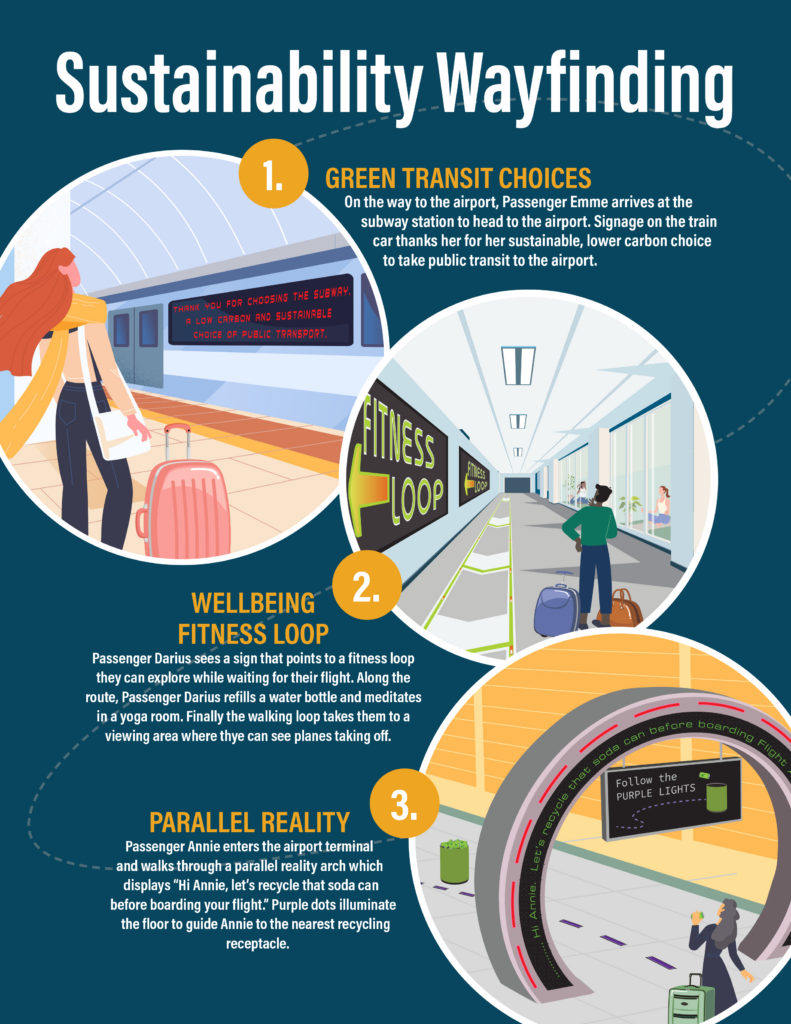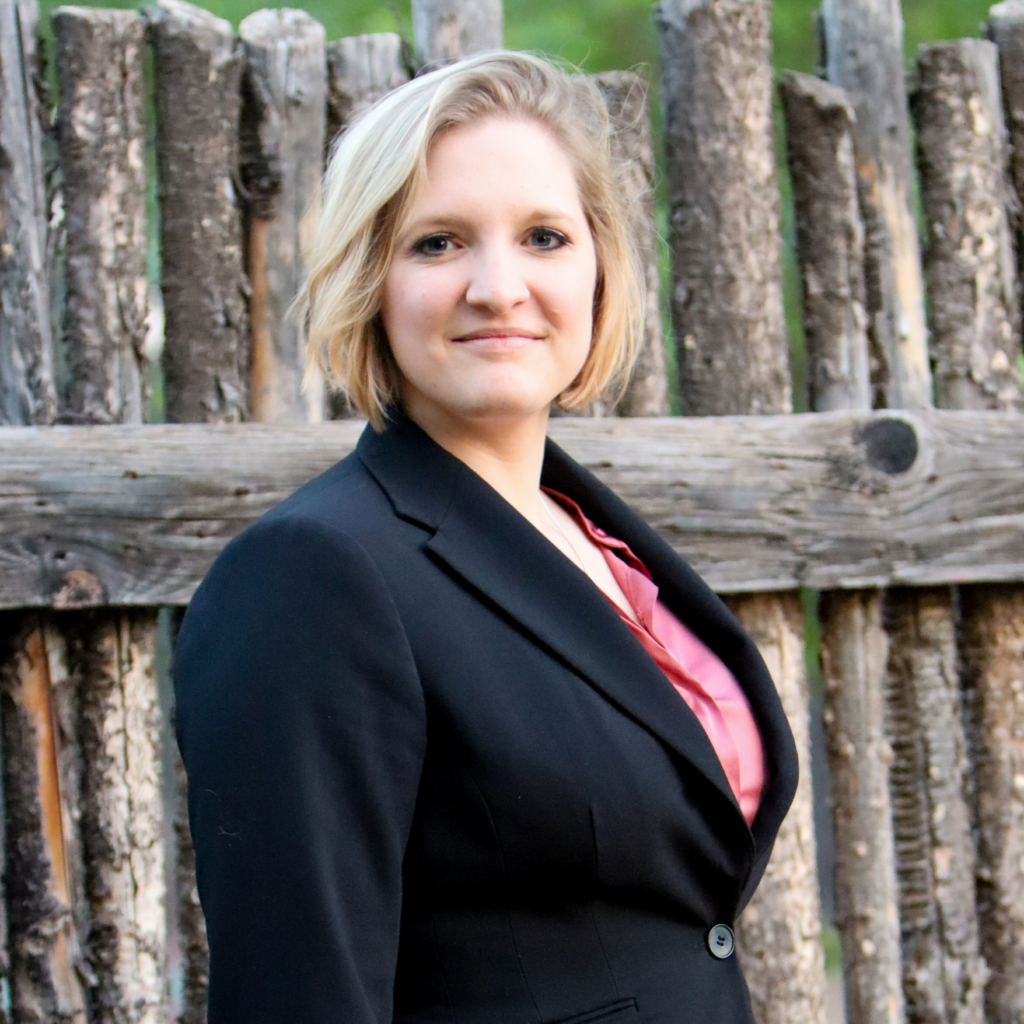Sustainable Wayfinding: Showing Your Customers the Way
Congratulations!
You’re well on your way to incorporating sustainability within your airport and you know it. You’ve crafted a sustainability mission and vision, set sustainability goals and targets, and worked to understand your carbon footprint. Maybe you’ve even developed a cutting-edge sustainability plan or achieved a coveted sustainability certification on an especially sustainable project. On the landside, airside, and within the terminal you have worked hard-but…
How will you engage your customers in your sustainability program and demonstrate your sustainable commitments?
How can you ensure that all of your stakeholders understand that you’ve transitioned from sustainability goals to tangible results?
And most importantly, how can you engage those same customers, carriers, tenants, and vendors in continuing your efforts and working together to find new approaches to environmental stewardship?
One solution is Sustainability Wayfinding.
Wayfinding, in general, is a set of information systems intended to guide people through a physical environment to provide and enhance their understanding and overall user-experience of a space. Sustainable Wayfinding is the set of information systems that guide people through the sustainability story of your airport to enhance their understanding from arrival to jet-bridge boarding and departure and from curb to cabin.
Traditional wayfinding is a key element to navigating complex urban systems-sustainable wayfinding is a key element to navigating your complex airport system. How do the two compare?
| Traditional Wayfinding | Sustainable Wayfinding |
| Information systems that guide people through physical space. | A sensory-based way to engage key stakeholders in an airport’s commitment to sustainability. |
| Utilizing markers to enhance a user’s physical understanding and utilization of a space. | Creative use of visuals, audio, navigation, and technology to make sustainability clear and accessible. |
| Spatial problem solving that uses labels and markers to answer the question, “How can I best utilize this space?”. | Spatial sustainability problem solving that answers the question, “What responsibility has this airport taken for its own emissions and to be a responsible neighbor in our community?”. |
| Clear and concise route planning to understand complex built environments. | Economic Viability, Operational Efficiency, Natural Resource Conservation, and Social Responsibility (commonly referred to as EONS) fully integrated into an airport space. |
| An opportunity to build trust with your stakeholders by implementing ease in their navigation experience. | An opportunity to forge sustainability partnerships with your stakeholders such as airlines, tenants, vendors, and concessionaires. |

Just Imagine…
ON THE LANDSIDE—A passenger boards the subway on the way to the airport and the signage on the train actively engages her, thanking her for her sustainable choice to take public transit and be one less car on the road generating carbon emissions. When arriving at the airport, the pathway from the subway to the airport departures area is tidy, organized, and safe.
IN THE TERMINAL—The passenger needs to use the restroom before entering the TSA line and upon entering the restroom facilities she sees signage overviewing the bathroom’s LEED certification and the installed low-flow fixtures. The passenger looks up to the beautiful wooden ceiling and sees a screen highlighting the local materials utilized for construction and the biomimicry utilized in the design to conserve water and recycle wastewater into the restroom’s living green wall.
ON THE AIRSIDE—While awaiting the departure of their flight, the passenger walks the airport fitness loop taking advantage of an airport-provided opportunity to improve physical health and well-being. The passenger utilizes the airport’s yoga and meditation room and passes by an aircraft viewing area where a display screen nearby described that the planes outside are sustainable aviation-fueled (SAF) planes taking off and landing.
Ready to Show Your Customers the Way?
Interested in learning more about sustainability opportunities for your airport? Contact Mia Held at mheld@cscos.com to discuss how the C&S Companies team can help.

By: Mia Held
Senior Aviation Planning and Sustainability Consultant